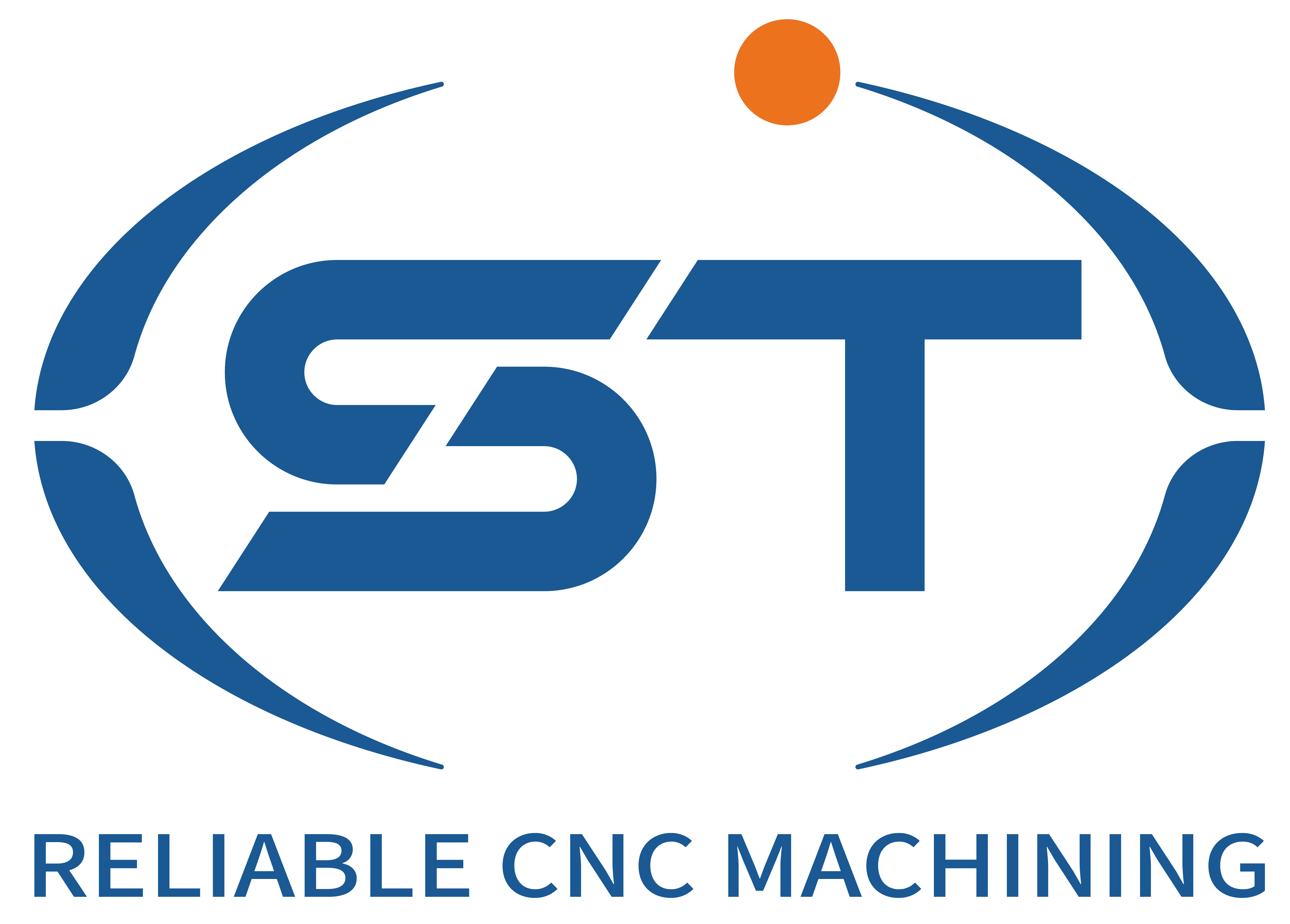The surface treatment processes for CNC machining of automotive parts mainly include the following types:
Electroplating treatment: By applying the principle of electrolysis to deposit a layer of other metals or alloys on the surface of certain metals, it serves to prevent metal oxidation (such as rust), enhance wear resistance, electrical conductivity, reflectivity, corrosion resistance (such as copper sulfate, etc.), and improve aesthetics.
Spray painting treatment: Paint is sprayed on the surface of parts to prevent them from rusting. It is often used for surface protection of product shells, cavities and other parts.
Surface polishing processing: It involves removing surface burrs from precision machined parts to make the surface smooth, improve surface quality, and prevent harm to the human body during use.
Anodizing: For aluminum alloy components, a stable oxide film is formed on the metal surface through electrochemical reactions, enhancing the surface hardness and wear resistance of aluminum alloys, expanding their application range, and prolonging their service life.
Shot peening: It involves bombarding the surface of a workpiece with shot particles and implanting residual compressive stress to enhance the fatigue strength of the workpiece. It is a widely used surface strengthening process.
Sandblasting treatment: It utilizes the impact of high-speed sand flow to clean and roughen the surface of the substrate, improve the mechanical properties of the workpiece surface, and is conducive to the leveling and decoration of the coating.
Mechanical polishing: It is carried out on a dedicated polishing machine. Through the relative grinding and rolling action between extremely fine polishing powder (liquid) and the grinding surface, grinding marks are eliminated to obtain a bright mirror surface.
Chemical polishing: It relies on the chemical etching effect of chemical reagents to selectively dissolve the uneven areas on the sample surface, eliminate grinding marks, and etched and flattened the surface.
Electrolytic polishing: It is carried out based on the principle that the microscopic protrusions on the metal surface dissolve first at the anode in a specific electrolyte and under an appropriate current density. It is an environmentally friendly polishing method.
Powder coating: Powder coatings are sprayed onto the surface of workpieces using powder coating equipment. Under the effect of static electricity, the powder is evenly adsorbed onto the surface of the workpiece, forming a powder coating. After high-temperature baking, leveling and curing, a coating with excellent mechanical strength, adhesion, corrosion resistance, aging resistance and other properties is formed.
Micro-arc oxidation: An advanced version of anodic oxidation, also known as plasma electrolytic oxidation, it grows a ceramic film layer mainly composed of the oxide of the base metal on the metal surface through arc discharge, and the coating quality is better.
Electrophoresis: Under the action of applying voltage between the positive and negative electrodes of the electrophoretic coating, the charged coating ions move to the cathode and react with the alkaline substances produced on the cathode surface to form insoluble substances, which deposit on the surface of the workpiece.




